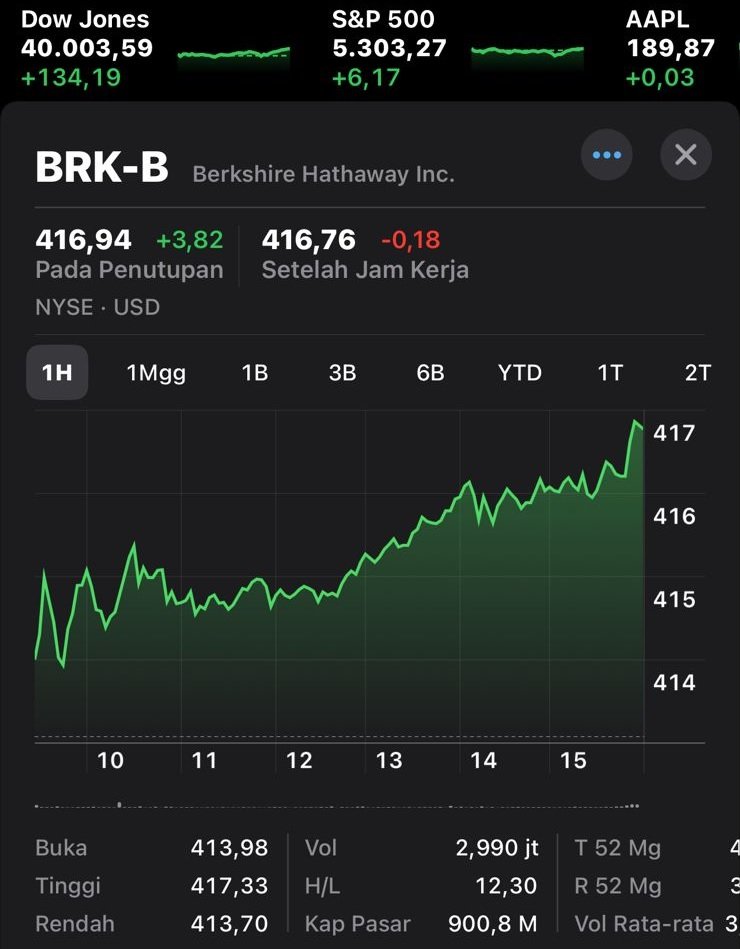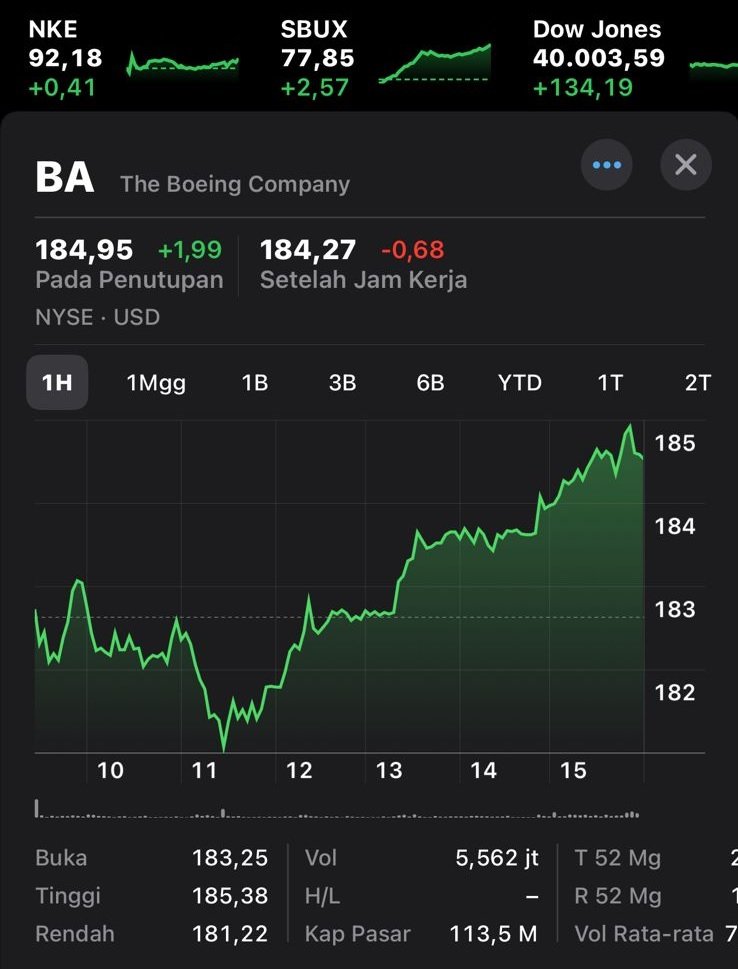What is World Competitiveness Ranking?
The World Competitiveness Ranking is a ranking that evaluates and assesses a country’s competitiveness based on various economic factors, infrastructure, education and government policies.
These rankings are usually published by international research and economic institutions that collect data from various sources to provide a picture of how countries compete in the global market.
One of the well-known institutions in publishing the World Competitiveness Ranking is the International Institute for Management Development (IMD) based in Switzerland. IMD publishes the World Competitiveness Yearbook which contains rankings of the competitiveness of countries around the world. Apart from IMD, the World Economic Forum (WEF) also issued a Global Competitiveness Report which is similar, but uses a slightly different methodology.
The main components that are the basis for assessment in the World Competitiveness Ranking
Several main components of the World Competitiveness Ranking assessment
1. Economic Performance:
Measures the economic strength of a country based on indicators such as GDP (Gross Domestic Product), foreign investment, unemployment rate, and export-import. Also includes people’s purchasing power and sustainable economic growth.
2. Government Efficiency:
Assessing the quality of government policies and regulations, including political stability, fiscal policy, and public administration efficiency includes aspects such as corruption and public trust in the government.
3. Business Efficiency:
Measures the extent to which the business environment in a country supports innovation, entrepreneurship and productivity, including labor market flexibility, business culture and company management.
4. Infrastructure (Infrastructure)
Evaluating the quality of physical infrastructure such as transportation, communications, and energy also includes technological and educational infrastructure that supports research and development.
Assessment Methodology in World Competitiveness Ranking
There are 3 processes and stages of the Assessment methodology in the World Competitiveness Ranking, namely:
1. Data Collection–> Data is collected from various sources such as government reports, company surveys, and international statistics.
2. Quantitative and Qualitative Indicators–> Assessment includes quantitative indicators such as economic growth figures, and qualitative indicators such as perceptions of corruption.
3. Weight Adjustment–> Various indicators are weighted according to their relevance in determining overall competitiveness.
The purpose of the World Competitiveness Ranking
1. Evaluation and Comparison
Provides a comparative overview of the economic strengths and weaknesses of countries around the world.
2. Policy Guide
Provide information that can be used by policy makers to increase national competitiveness.
3. Investment and Business Strategy
Helping companies and investors in making strategic decisions based on the competitiveness of a particular country.
The World Competitiveness Ranking has become a very important tool for governments, entrepreneurs and researchers to understand the position and potential of countries in an increasingly competitive global economy.
Top Ranking 2023 according to International Institute for Management Development (IMD)
1. Denmark: Known for government efficiency, innovation, and excellent infrastructure.
2. Switzerland: Has a stable economy, a strong education system, and a developed financial sector.
3. Singapore: Has a very favorable business climate, advanced infrastructure, and efficient government policies.
4. Sweden: Known for its technological innovation, strong education system, and progressive environmental policies.
5. Hong Kong: Offers stable fiscal policies, a competitive business environment, and easy access to international markets.
Reasons why a country is in the World Competitiveness Ranking
* Economic Performance A country’s economic performance is the main factor in the World Competitiveness Ranking. We see that countries with stable economic growth, controlled inflation and low unemployment rates tend to occupy higher positions. Gross domestic product (GDP), foreign investment, and trade balance are also important indicators in assessing economic performance.
* Government Efficiency Government efficiency includes policies that support business, effective regulatory systems, and transparency of public administration. We realize that countries that have efficient governments usually have lean bureaucracies, pro-business policies, and low levels of corruption. These factors create a conducive environment for economic growth and investment.
* Business Efficiency Business efficiency measures the extent to which companies in a country are able to operate productively and competitively. We can see that it covers various aspects such as human resource management, labor market flexibility, and technology adoption. Countries with innovative and dynamic business sectors tend to be more competitive.
* Infrastructure Strong and modern infrastructure is a key element in increasing a country’s competitiveness. We realize that infrastructure includes transportation, telecommunications, energy and public services. Countries with good infrastructure typically have better access to markets, lower logistics costs, and higher connectivity, all of which contribute to competitiveness.
The Impact of the World Competitiveness Ranking
1. Better Government Policies This ranking encourages governments to review and improve their policies. We can see that a lower ranking can be an incentive for the government to carry out necessary reforms in various sectors such as the economy, education and infrastructure to increase the country’s competitiveness.
2. Increased Foreign Investment Countries that are in high positions in the World Competitiveness Ranking tend to attract more foreign investment. We realize that investors are looking for a stable and profitable environment in which to invest their capital. A good ranking provides a positive signal about a country’s economic stability and prospects.
3. Infrastructure Improvements Another impact of this ranking is increased investment in infrastructure. We see that countries are seeking to improve their public facilities and services to attract business and investment. This includes building better roads, ports, airports and telecommunications networks.
4. Healthier Competition in the Business Sector Competitiveness rankings also encourage healthier competition in the business sector. We realize that companies in competitive countries tend to continue to innovate and improve their operational efficiency. This results in better products and services for consumers.













